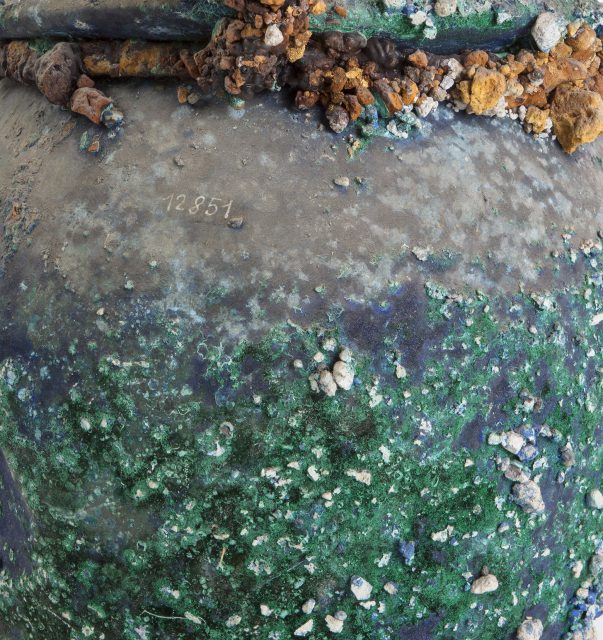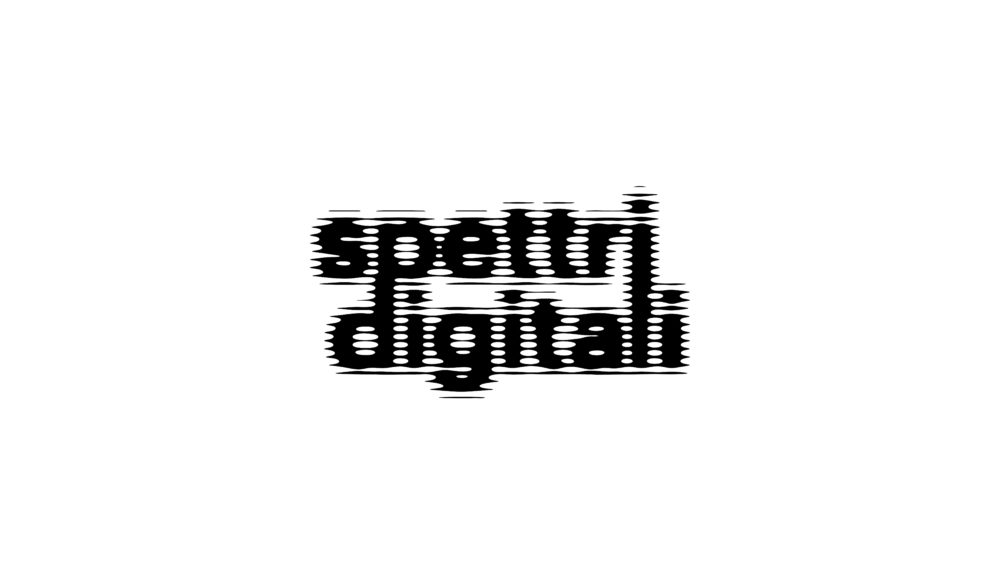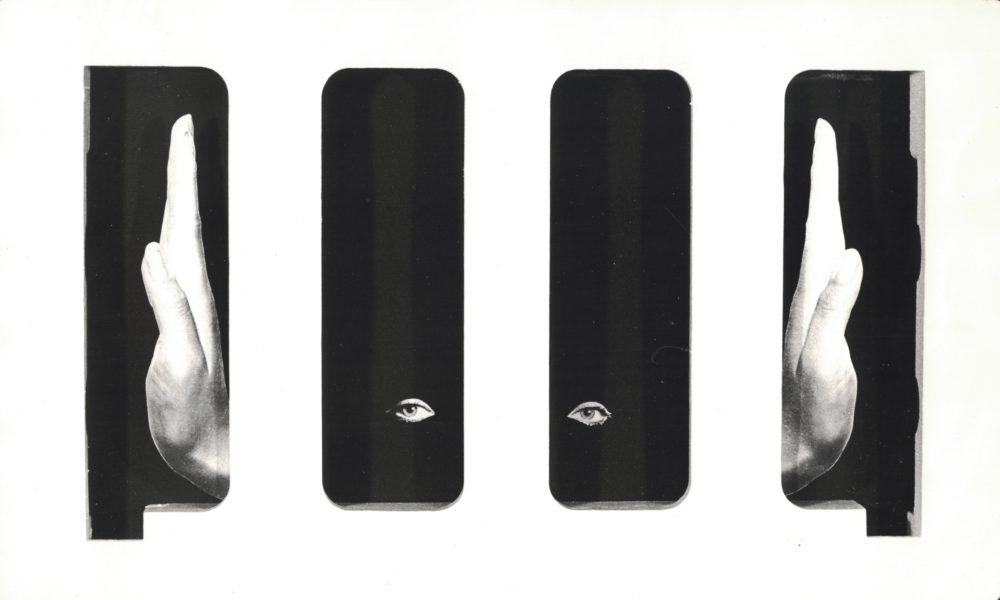The exhibition project Pompei@Madre. Materia Archeologica is based on a rigorous research project stemming from an unprecedented collaborative initiative between the Archaeological Park of Pompeii (Parco Archeologico di Pompei), one of the world’s most important archaeological sites, and Madre, the contemporary art museum of Campania Region. Based on a comparison and discussion of respective research methodologies, disciplinary fields and collections, this exhibition consists in studying the potential multiple relationships between archaeological heritage and artistic production, creating a dialogue between extraordinary but little-known and rarely displayed archaeological material from Pompeii and modern and contemporary works of art.
According to the method defined and applied in this project, the Italian term “materia archeologica” (“materia” can mean both “material/matter” and “subject/discipline”) may refer to the actual discipline of archaeology (from the Greek term ἀρχαιολογία: ἀρχαῖος, “ancient”, and λόγος, “study”): in other words, the study of ancient civilisations through excavation, conservation, cataloguing, recording and analysis of finds – placed in relation to the context of their discovery – such as architecture, art works, everyday objects and the remains of organic and inorganic materials. But the very fact that archaeology has to operate in the present to retrieve the past – according to a process which is also open to intuition, interpretation, experimentation and invention – and the fragmentary nature of the objects of archaeological enquiry – which requires a holistic vision and the integrated use of various disciplines to reconstruct the fragmentary record into a hypothetical unity – suggest a fascinating proximity between archaeology and the contemporary era. This encourages a multidisciplinary approach and brings together aesthetic categories and use functions, theory and practice, “soft” sciences and “hard” sciences. It is a palimpsest that is open to the constant redefinition of its own methodologies, its own investigative tools, its own judgements, and even the very concept of “time”, “space”, “history” and “reality”.
Moreover, the extensive temporal perspective evoked by the pairing of archaeology and contemporaneity enables us to reveal and explore the materiality of the archeological artifact in their current state of conservation. Therefore, the intimate fragility, the ephemeral nature and the entropic destiny of every art work, each civilisation and culture (and thus of human history itself), destined not only to be replaced by new works, civilisations and cultures, but also to be confronted, in their historical substance, with their origin and natural destiny. Beneath their temporary aesthetic skin, the sculptures, mosaics and frescoes from Pompeii on display in the exhibition therefore point to the mobile outlines of a permanent regeneration: before becoming artistic objects, each of these sculptures, mosaics or frescoes was once a “natural material”, stones or coloured powder extracted from shells, fruits, roots or minerals. In its cultural and natural stratigraphy, Pompeii represents, from an epistemological perspective, an extraordinary laboratory in which time has stood still for centuries, providing us – in a relationship of almost intimate proximity with the remote past – with fragments of a civilisation that has vanished but still remains resilient. Pompeii is a veritable time machine, which, by providing us with the history of numerous materials immersed within the flow of historical and natural time, blurs the difference between past and present, nature and culture, life and death and between destruction and construction.
Overall, the project reveals and displays the potential links between the various cultural institutions operating in Campania and, more generally, in the Mediterranean area, which are themselves palimpsests whose natural and cultural biodiversity define a widespread hypothetical museum, an integrated system in which – through different eras, subjects, methods, disciplines and institutions – it is possible to trace over thirty centuries of the contemporary life of Campania Felix and Mediterranean culture. In this sense, the project is the outcome of a “republican synergy” that stems from collaboration between a national archaeological site and a regional museum, emphasising the extent to which each collection of works, objects, ideas and experiences that make up a piece of cultural heritage is, by its very nature, always contemporary. In other words, the heritage of the past can be experienced not only as a “legacy” but also as a “method” to refer to in order to understand the present and define the future, as seems to be the claim of the “archaeological matter” from Pompeii.
A special programme for the public, devoted to the regular presentation of audio and video works, will be presented from April 2018 on. Together with other site-specific art interventions coordinated by Madre in the years to come, the project will also include, beginning in summer 2018, the launch of a new collaborative protocol, currently under preparation. Thanks to the general supervision and coordination of Madre and the definition of an agreed methodology worked out between the Parco Archeologico di Pompei and the world’s leading contemporary art museums, this project will enable the use of “archaeological matters” from Pompeii for the commission, conception and production of new contemporary art works: Materia Archeologica. Pompeii Commissions (2018-in progress).
The exhibition project, presented in a large part of the exhibition spaces of the Madre museum, is divided into two chapters:
- Pompei@Madre. Materia Archeologica (third floor): November 19th 2017 – April 30th 2018
- Pompei@Madre. Materia Archeologica: The Collections (atrium and first floor): November 19th 2017 – January 7th 2019
Pompei@Madre. Materia Archeologica: The Collections
The exhibition itinerary begins in the atrium and on the first floor of Madre museum, which contains the historical collections of the museum, with Pompei@Madre. Materia Archeologica: The Collections. The juxtaposition with the works and finds from Pompeii puts into perspective the works in the collection of Palazzo Donnaregina, transforming it for a whole year into a contemporary domus. As in the museum entrance designed by Daniel Buren (Axer-Désaxer, 2015), which becomes a vestibulum, atrium and peristilium displaced from its own internal axis to interact with the street outside – where elements such as the edges of a table, a safe and a cista appear behind an ancient door. The exhibitions occupies as well the site-specific rooms of the first floor with which Madre inaugurated its activities in 2005. The inscription by Domenico Bianchi on the right-hand monumental staircase is juxtaposed with inscriptions written in Latin as though they were “stories within History”. The frescoed gallery decorated with majolica designed by Francesco Clemente becomes the hub of the domus, in other words the tablinum and triclinium, the reception room of the owner of the house (dominus) and the room for parties and banquets. By gazing at the vault of heaven by Luciano Fabro, with its stars and mythologies, there seems to be a link with the astral dimension, with what lies within the sky and what may fall from the sky to manifest itself on earth: an unusual apparition of the profile of a compluvium, which is reflected in an impluvium. As well as the entire theme of the journey by Jannis Kounellis seems to reverberate in a mosaic floor crammed with marine creatures, which, surrounding a large anchor, place the ancient community within the kaleidoscope of the wanderings of humans, goods and stories. The relationship between figuration and abstraction that is such an innate feature of the decoration of Pompeian rooms expands into the galleries devoted to the works of Sol LeWitt and Jeff Koons, as well as the fragments of wall paintings and sculptural decorations echo in the galleries devoted to the works of Giulio Paolini and Richard Serra. The gallery covered in mud by Richard Long points to the daily need for a relationship with the living matter of a kitchen (culina), while Rebecca Horn’s “lost souls” (capuzzelle), with their stories of vanitas and memento mori steeped in folklore, bring to the surface a cult of the ancestors (Lares and Penates) and a memory of the deceased that is explored further in the underground, chthonic dimension of the black hole in the floor designed by Anish Kapoor. In this sequence of galleries (oeci) Mimmo Paladino seems to play host to sleep within a cubiculum: here, in a motionless tremor, lies the plaster cast of two of the many “sleepers” – a father and his son – of ancient Pompeii. The exhibition continues on the third floor, with Pompei@Madre. Materia Archeologica.
Artists
Domenico Bianchi, Daniel Buren, Francesco Clemente, Luciano Fabro, Rebecca Horn, Anish Kapoor, Jeff Koons, Jannis Kounellis, Sol LeWitt, Richard Long, Mimmo Paladino, Giulio Paolini, Richard Serra. And all the artists, intellectuals and creators who made the works, artifacts and various sources of evidence – both organic and inorganic – of the city of Pompeii.


